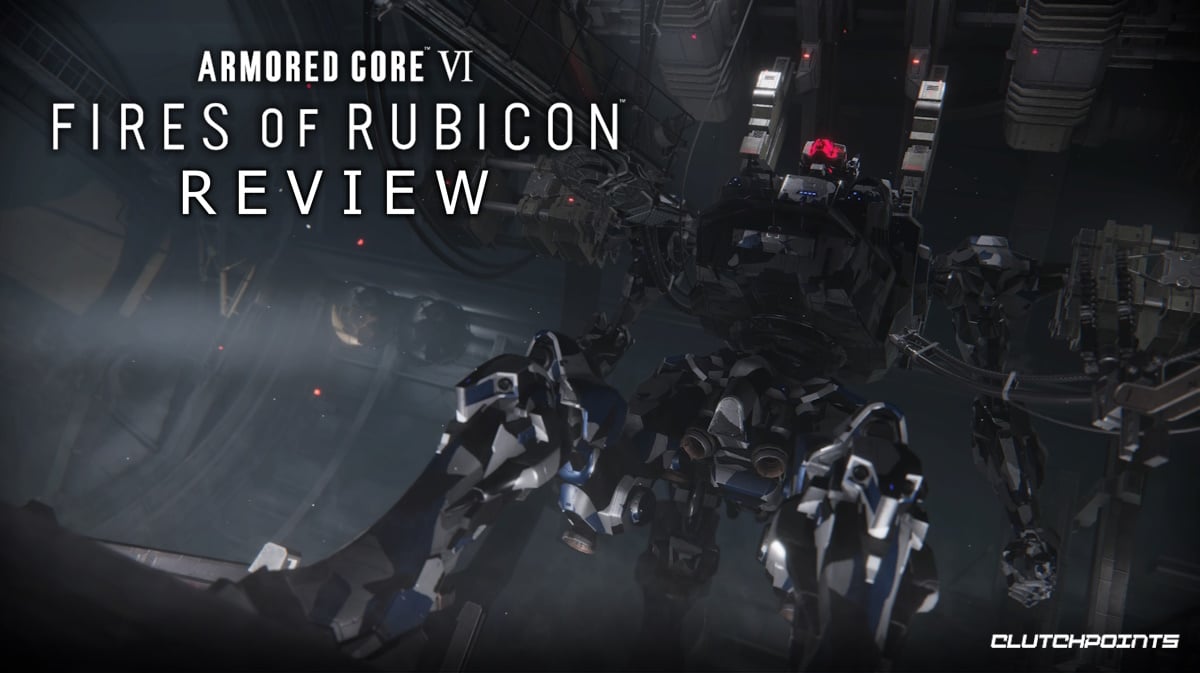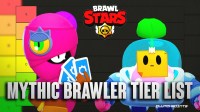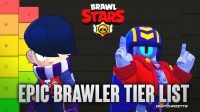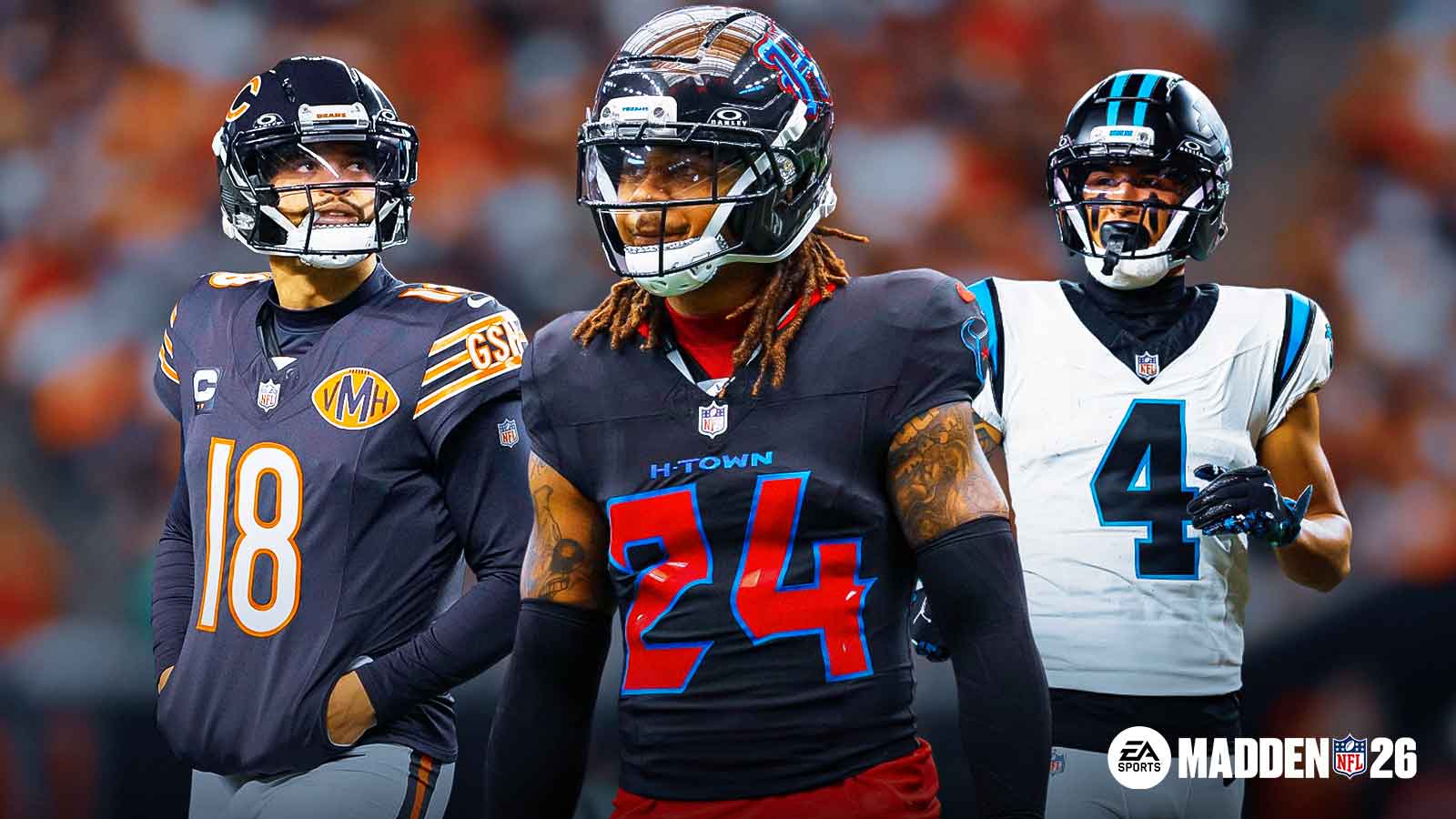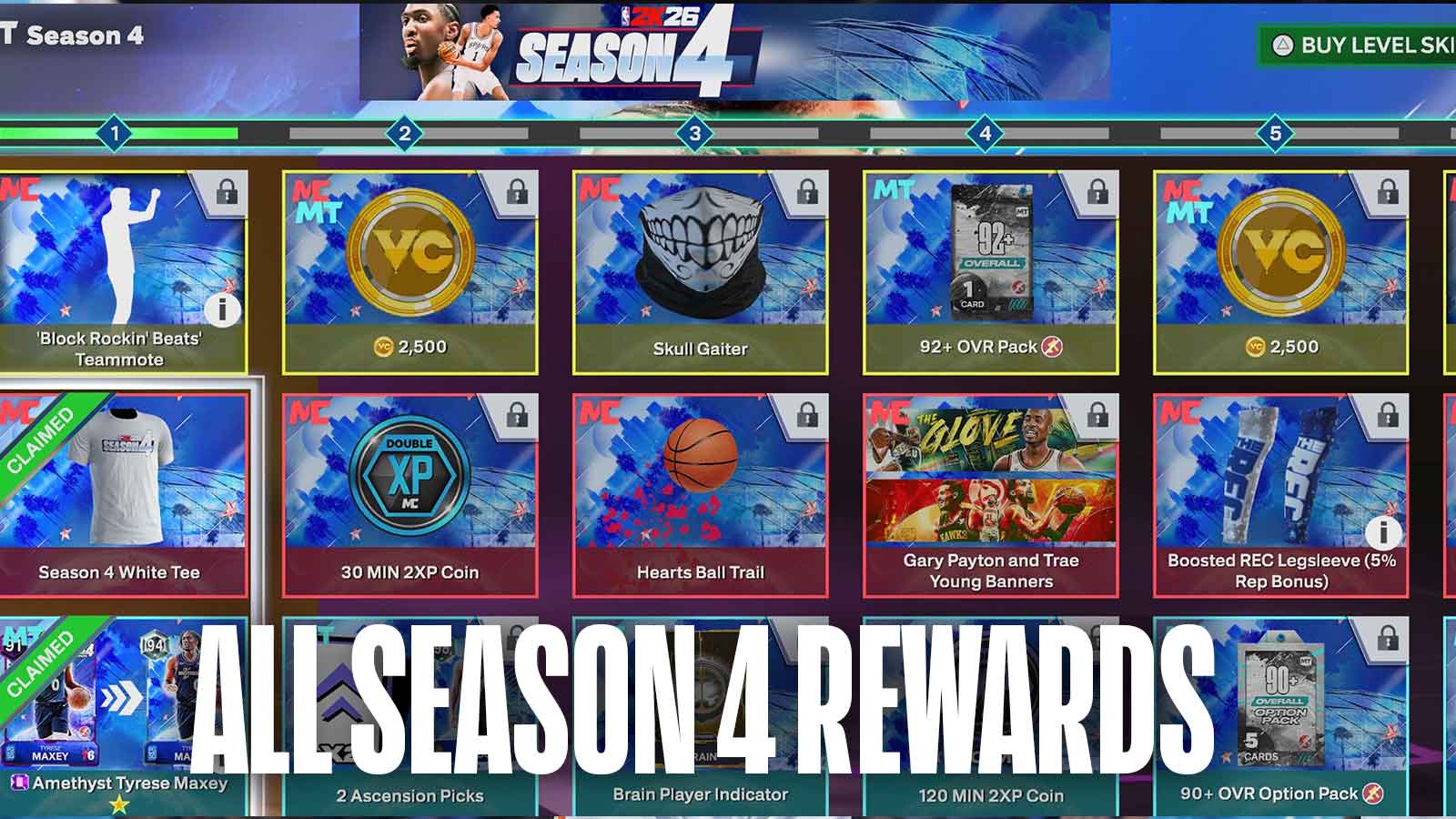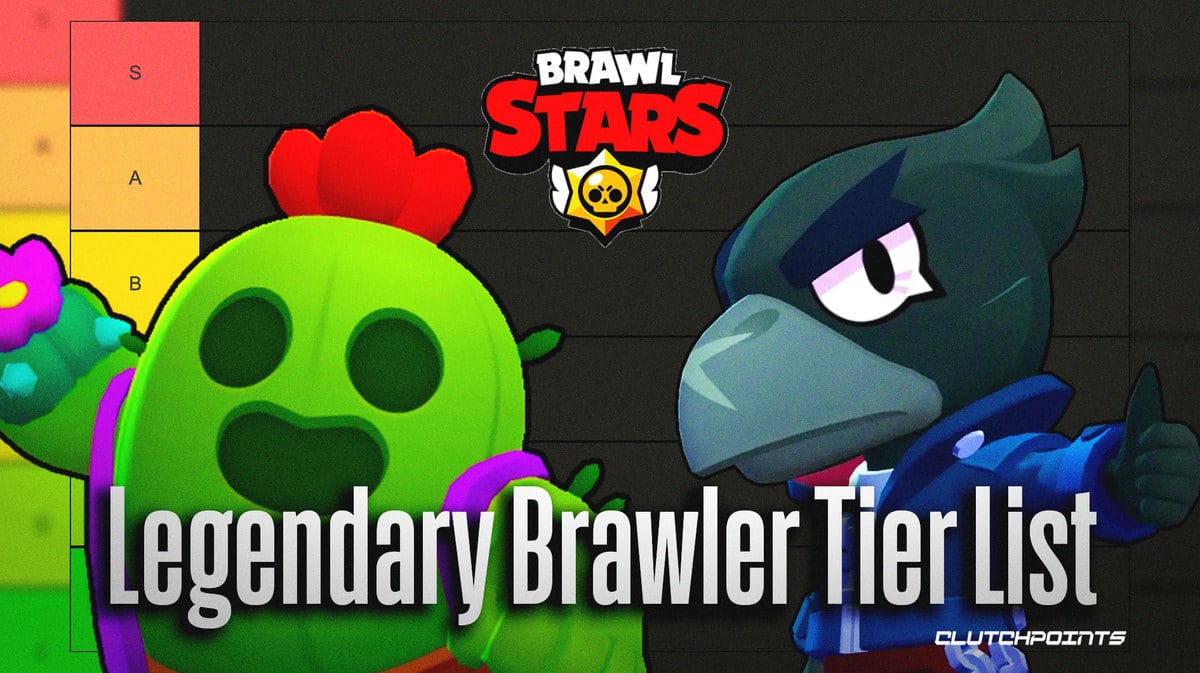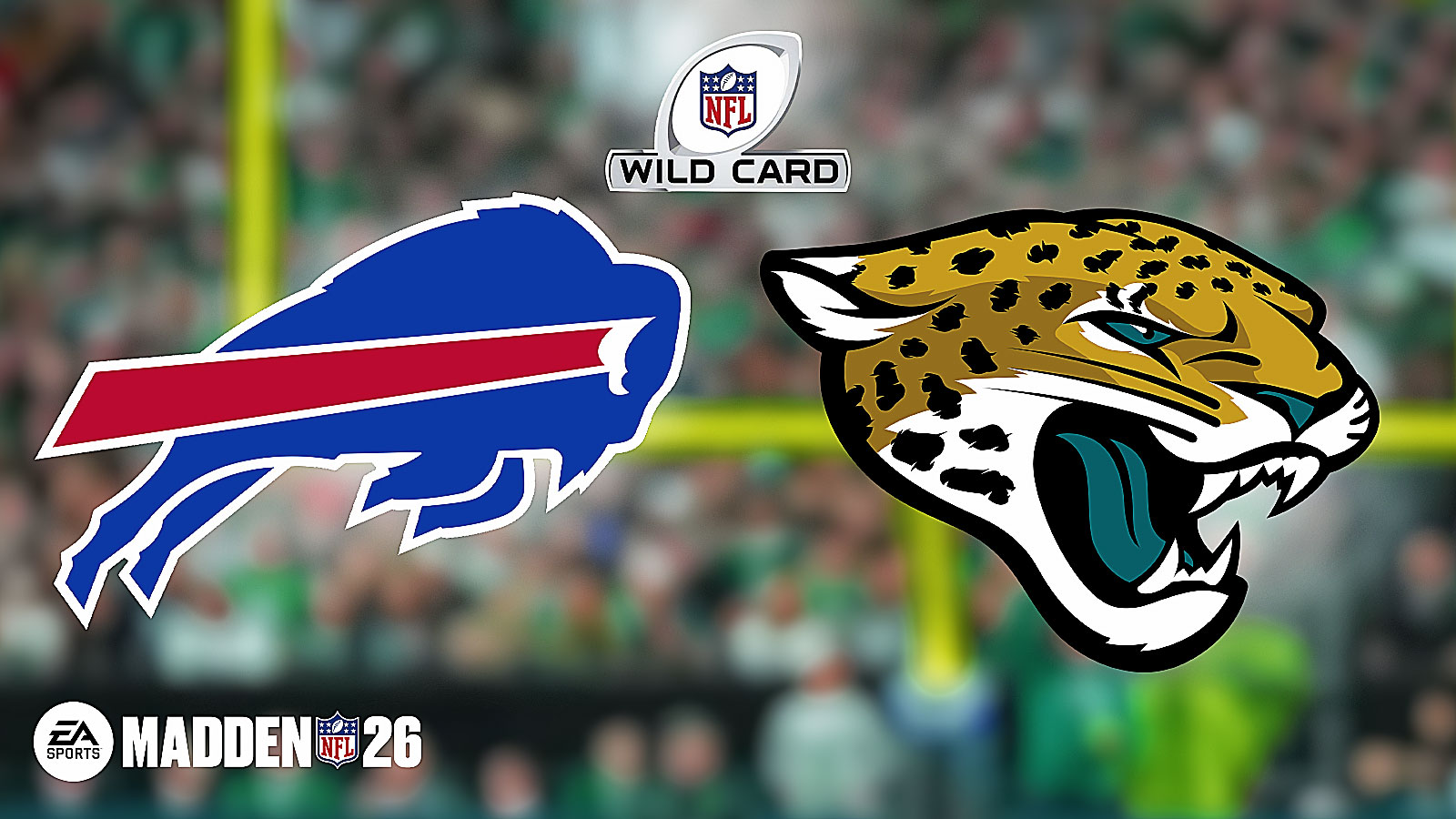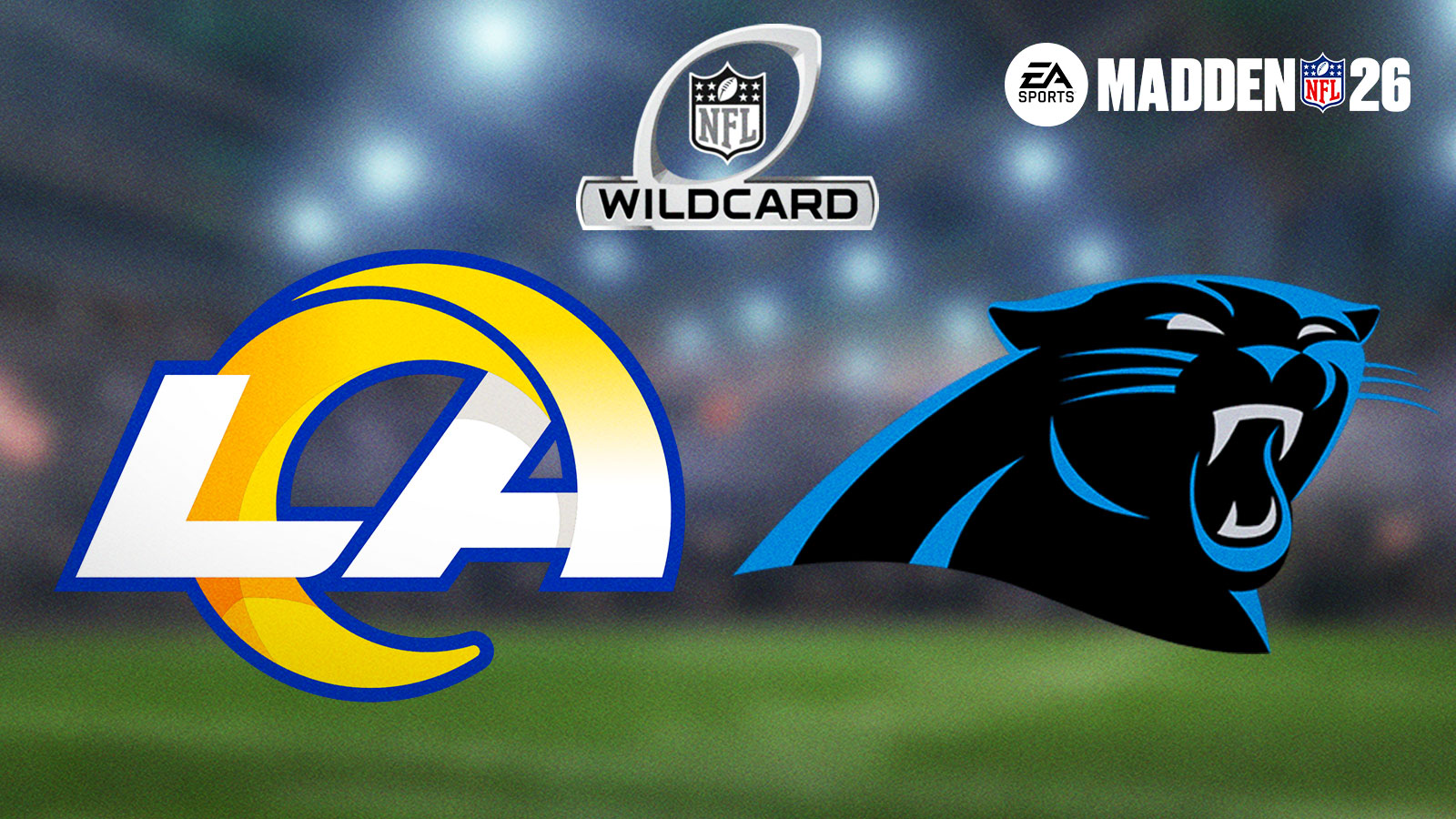FromSoftware's latest Armored Core game lives up to people's expectations in terms of difficulty, but that does not change the fact that the game itself is very rewarding and very fun to play. Here is our review of Armored Core 6: Fires of Rubicon, a look at its gameplay and story. Do note that there will be spoilers, big and small, throughout this review.
This review will cover Armored Core 6: Fire of Rubicon's gameplay and story. The game came out on August 25, 2023, and is available on PlayStation 4 and PlayStation 5, Xbox One and Series X|S, and PC. The PlayStation 5 version of the game will be the basis for this review. Now, without further ado, let's dive into our review of Armored Core 6: Fires of Rubicon's gameplay and story.
Armored Core 6: Fires of Rubicon Review
Armored Core 6: Fires of Rubicon Background
This game is the latest entry to the long-running Armored Core series by FromSoftware. Before FromSoftware released Demon Souls and Dark Souls, there was Armored Core. The series consists of third-person mech shooters, where players take control of robots called Armored Cores (or AC for short) to complete various missions. Players are free to customize their AC in a variety of ways. This includes changing their weapons, body parts, and more. Much like other games made by FromSoftware, this game series is notorious for its difficulty.
I will first put it out there that while I am not a die-hard fan of the franchise, I have played an Armored Core game before. Back when I still had a working PSP, I played through Armored Core: Last Raven. That was my first taste of Armored Core, and I actually enjoyed the game a lot. Sadly, I didn't get the chance to try out the other games in the franchise. That is, until the latest game, Armored Core 6, was announced. So, after waiting almost a year for the game, I finally got my own copy and booted it up.
Armored Core 6: Fires of Rubicon Gameplay
After the opening cutscene, I was immediately dropped into the game's first level. There wasn't even a mission briefing of sorts. I just heard my Handler tell me that I had to look for a mercenary license on the battlefield. The game then presented the game's basic controls to me, which was very intuitive, to say the least. It first started with basic movement, and when I encountered my first enemies, it taught me about combat. I really like it when games teach controls in a way that feels natural, and I am able to quickly use what they just taught me.
Now, before we continue, let's go through the game's combat system.
Players can have up to four weapons on their AC. There are four weapon slots, namely the AC's Left Arm, Right Arm, Left Shoulder, and Right Shoulder. At the start of the game you have a basic assault rifle on your Right Arm, a sword on your Left Arm, and a missile launcher on your Right Shoulder. There's some more depth to which kinds of weapons you can equip on which slot, but we won't be going into that. All of your weapons have a reload time of sorts, so proper ammo management is important in this game.
The combat is something that I'm already familiar with. For the most part, you have to keep your enemies in front of you so that your AC can lock on to them and fire. This game has two methods of locking on, by the way. The first is what some players refer to as the “soft lock-on.” The player's AC will “soft lock” on enemies in front of them, so the player's weapons will fire at the enemy. Should the enemy leave the AC's front, the lock will disappear. There's also the “hard lock-on”< which is more in line with what players now consider a lock-on. That means the player's AC will turn to face whatever enemy they have a “hard lock” on.
While fighting enemies, you have the ability to do a quick dodge, which immediately moves you in a direction of your choosing. This uses up some of your AC's energy. You can also jump and use your boosters to gain height. This will constantly drain your energy. Finally, you can a charging dash towards an enemy or a general direction. This quickly drains your energy. The player must use the game's movement mechanics, alongside the various weapons they have, to take on the game's missions.
Going back, I went over the game's first stage, looking for licenses and fighting the various enemies I encountered. When I finally did find the license I was looking for, I encountered the game's tutorial boss: the AH12 HC Helicopter. I actually ran into this helicopter during the mission but was advised to ignore it at first. Now, I actually had to fight it. I would be lying if I said that this boss was easy. It took me three tries to take him down, mainly because I was still getting used to the controls. Once I did get used to them, though, the Helicopter went down easily.
This helicopter, unsurprisingly, is one of the game's first “filters”, as some gamers are calling it. It's meant to test everything that the player has learned so far and will serve as a wall that players must surpass before continuing. The helicopter tests the player's weapon mastery, positioning, and movement. Players can't just stand still and attack the helicopter, as they will be bombarded with machinegun fire and missiles. The player must use everything in their arsenal to take it down. Sadly, this is where a lot of players quit, as they are unable to take the helicopter down.
Once I took it down and was able to move on in the story, I unlocked what is arguably the game's main selling point: AC customization. The player will be using this feature for the majority of the game, as AC customization is key to finishing the game's many missions. This is because the player is expected to change their AC frequently to meet the mission's needs. There is no one AC build that players can use to easily clear the whole game. Yes, players can definitely bruteforce their way through the game with two miniguns and two shoulder-mounted missile launchers, but that's not how the game is meant to be played. Let me explain with a concrete example.
Throughout the game's first chapter, I was using a medium Quad Leg AC that had a railgun as my main weapon, a sword as my secondary, a missile launcher on one shoulder, and a laser cannon on the other. This build served me well for all of Chapter 1. That is until I met Chapter 1's last chapter boss: BALTEUS. BALTEUS serves as the game's second filter of sorts, as quite a bit of players also quit the game thanks to him. He is a flying mech, which shoots a whole lot of missiles. Not only that, but he also has machine guns, a spread gun that staggers you, and once you lower his HP enough, he also starts using an almost map-wide flamethrower. Perhaps the most irritating part about BALTEUS, however, is his regenerating Pulse shield, which prevents him from taking damage until it breaks.
I tried multiple times to beat him using my build but to no avail. Thanks to his speed, he was able to easily dodge my shoulder-mounted laser cannon. Although attacking him can deplete his pulse shield, it was taking way too long to do so. It took me around eight retries before I decided to quit the mission and rethink my strategy. This is actually something that the game expects and wants you to do. Players are encouraged to try out and experiment with builds. You can clearly see this in the Parts shop, where players can sell weapons for the same price they bought them. You can literally buy a weapon, use it in a mission, and then sell it right after to get your money back.
It was at this point that I remembered that in the shop, there was a weapon that shot pulse rounds. In the weapon's description, it mentioned that it could easily deplete pulse shields. I immediately bought the weapon so that I could take down BALTEUS's shields. I also unlocked the ability to equip Arm weapons on my AC's shoulders, which allowed me to switch to them during combat. This allowed me to use the pulse gun to take down the shields, and then switch to the sword to deal damage once it's gone.
When I first fought him with the new build, I could immediately feel the difference. The pulse gun made quick work of his shield, which made him vulnerable. I was then able to swap to my sword and deal chunks of damage to him while the shield was down. Although it still took a few tries, as well as a good night's sleep, I was eventually able to take BALTEUS down. After that fight, I just swapped back to my previous build and went on with my game. That is until I encountered Chapter 2's Smart Cleaner and SEA SPIDER, Chapter 3's CATAPHRACT, and so on.
As mentioned above, the game encourages players to modify and update their builds frequently. Even my general-purpose AC received updates all through the game. I even modified my build to fight against the one-off fights in the Arena, as each AC has a different fighting style. There is no shame in quitting a mission because your AC can't handle the fights. There is no shame in admitting that your AC is missing something, and backing out to fix it.
That's one of the things I love so much about Armored Core 6's gameplay. The constant experimentation of builds, figuring out what works and what doesn't, is something that few other games do well. This forces the player to actually read through the game's various weapons and AC parts, their effects, and how they can affect their AC build. Once you find that perfect build that lets you defeat the boss, the satisfaction you get is all the sweeter.
Another thing I love is the fact that players can replay missions both to farm money, and to get higher mission ratings. In general, players can receive better mission ratings if they take less damage, use less ammo, and finish missions using less time. Optimizing your build to be able to S-rank previous missions is one of the game's sources of replayability. As a side note, taking less damage and using less ammo also helps in farming money. This is because repair costs and ammo costs get deducted from your paycheck.
That's really all there is to Armored Core 6's gameplay loop. Modify the AC to fit the mission, finish the mission, and repeat. Now, let's review Armored Core 6's story.
Armored Core 6: Fires of Rubicon Story
The game's setting takes place in the far future, where humanity has started exploring the galaxy to expand and get resources. In particular, the story focuses on the planet of Rubicon 3, which contains a mysterious substance called Coral. Various corporations rushed to Rubicon 3 to gather this resource, as it is an excellent energy source. However, things changed when the Coral ignited, burning the surface of the planet in a calamity dubbed the “Fires of Ibis”. This catastrophe burned both the planet, as well as the surrounding system. The Corporations left the planet, as they thought all of the Coral was gone.
That is until recent scans detected Coral once again on the planet, which prompted the corporations to come back and look for any Coral deposit they could find. This is where I come in. I take control of a fourth-generation augmented human, with the designation C4-621, or 621 for short. I arrive in Rubicon with orders from my Handler, who tells me to look for a mercenary license. After obtaining a license from a fallen AC, and defeating a Helicopter in the process, Handler registers me as a mercenary, under the codename Raven.
As a free-lancer mercenary, I received jobs from everyone From the various big corporations to the people of Rubicon who are fighting back as the Rubicon Liberation Front. The missions I took in the game served to give me a better perspective of all sides of the conflict. The mission briefings also gave me an idea of what each side was like. One of the corporations, for example, had a rag-tag group of fighters that were very loud and aggressive. The other corporation, on the other hand, had a very professional group of members. These little things and conversations do a good job of building the world.
Midway through Chapter 1's final mission, I meet Ayre, a seemingly disembodied voice that I Connected to. I'm the only one who can hear her, and she keeps me company during the game's missions. However, she has another purpose other than to be another voice that talks to me in missions. She serves as yet another party in the already huge group of people that the player can align with. I mention alignment because this is one of the most important things in Armored Core 6's story.
Much like previous Armored Core games, Armored Core 6 has multiple story endings. This will depend on special branching missions, which decide where your loyalty lies. Branching missions come in pairs, and players can only pick one or the other. Which mission the player picks will decide who the player sides with, and in turn which ending they get. Players can either side with the Handler or with Ayre. I won't go into much detail about what the ending entails but just know that one of them is the good ending, and the other is the bad ending.
This adds to the game's replayability, as when the player plays New Game +, they can choose to get another ending. What's even better is that once the player gets both endings, they can then enter New Game ++, which unlocks a third, True Ending. In short, players will have to play the game a minimum of three times to experience everything the game has to offer.
I really love the game's story. Ever since the beginning, Armored Core 6 has always been a commentary about corporate greed, and how the common folk suffer from their actions. It has always given the option of either siding with the corporation, or fighting against it, and I really love that. It's not just a game where I mindlessly drive my AC and fight enemies. It actually makes me stop and think about just how similar this game is to what is happening in real life. Of course, that doesn't mean that I should pilot a mech to fight back in real life. However, it does make me think about what I can do with what I have.
I like it when game stories make me think about these things. It shows that the developers and the writers really put work into making the story. It shows that they are not shallow, and not just trying to write a story for the sake of having one.
Armored Core 6: Fires of Rubicon Review Summary
I personally loved Armored Core 6. It has a good combat system, complemented by its great AC customization system. They were able to properly carry over the series' philosophy of experimentation and perseverance, something that sadly a lot of players miss out on. Granted, there are some pretty steep walls that players must climb to get through the game. However, I personally believe that the satisfaction of being able to beat a boss after multiple runs of trial and error is what makes the game worth playing.
It's my firm belief that players who are diving into this game must temper their expectations. This game will definitely be difficult. There will be walls that will force you to adapt. There will be challenges that will make everything seem pointless and difficult. However, just keep going. It will all be worth it.
Score: 9/10
That's all for our review of Armored Core 6: Fires of Rubicon, its gameplay, and story. Check out our gaming news articles for the latest in gaming news.

